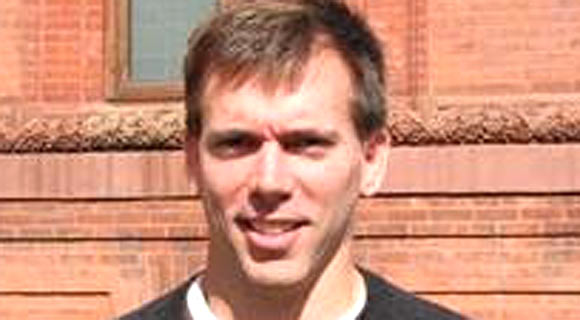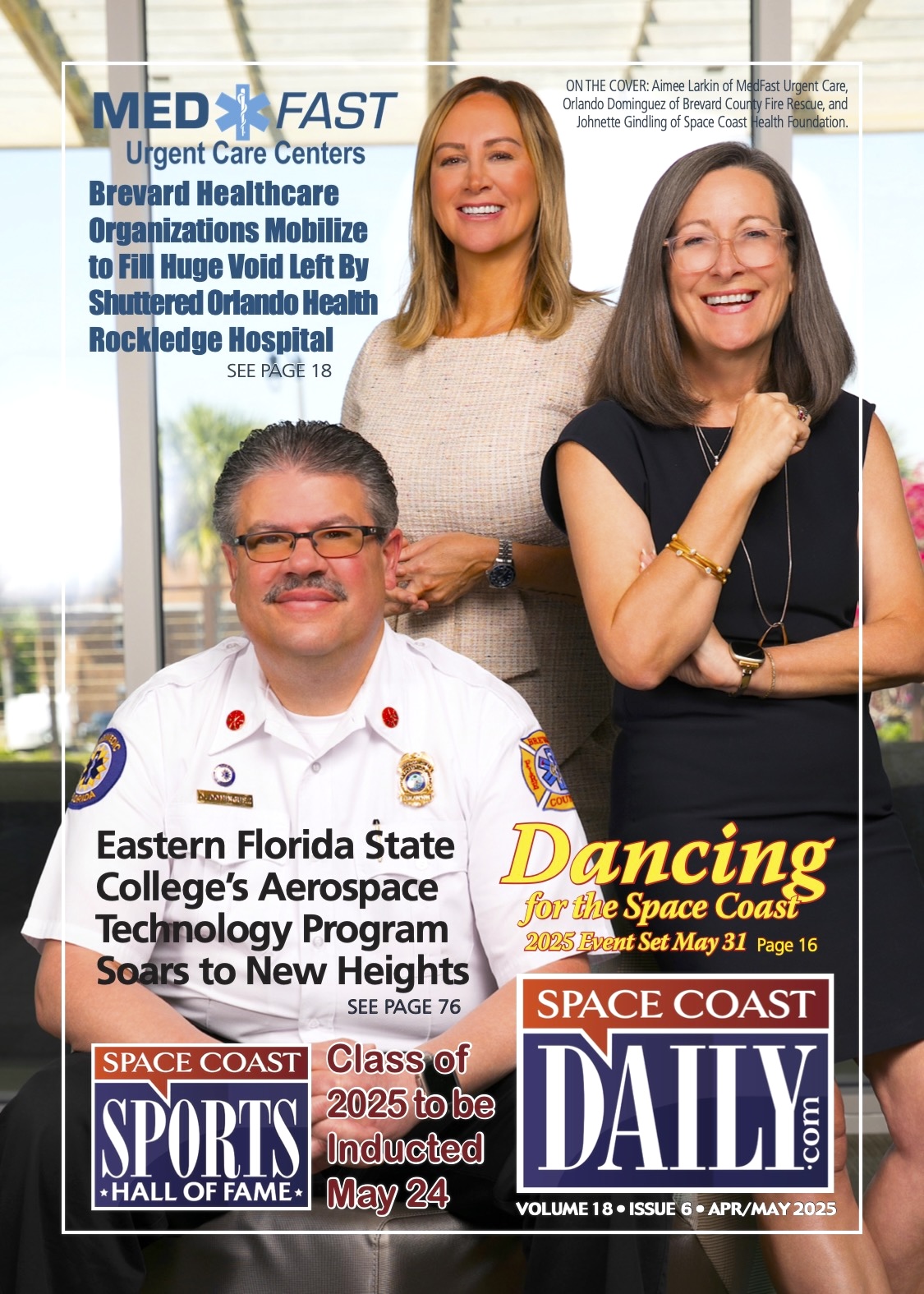Merritt Island High Valedictorian Corey O’Hern’s Research Breakthrough Gains National Media Coverage
By Space Coast Daily // December 15, 2018
May give researchers a new tool to examine how cancerous tumors metastasize

Dr. Corey O’Hern is Professor of Physics at Yale University
BREVARD COUNTY, FLORIDA – Merritt Island High School 1990 valedictorian Corey O’Hern, currently a professor of Physics at Yale University, was featured in Phys.org recently after a major breakthrough over soft cells which could provide a better understanding of tumor growth, wound healing and embryonic development.
Dr. O’Hern’s research may give scientists a new tool to examine how cancerous tumors metastasize. He worked with Mark D. Shattuck, professor of physics at City College’s Benjamin Levich Institute to developed the new efficient computational model.
It allows simulated particles to realistically change shape while conserving volume during interactions with other particles. Their results appear in the latest edition of Physical Review Letters.
“In our new model, if no external pressure is applied to the system, the particles are spherical,” Dr. O’Hern told Phys.org.
“As the pressure is increased, the particles deform, increasing the fraction of space that they occupy. When the particles completely fill the space, they will be 15 percent deformed. Whether it’s bubbles, droplets, or cells, it’s a universal result for soft, particle systems.”
Dr. O’Hern’s wife, Jennifer O’Hern, is also a Merritt Island High School graduate and works as a nurse practitioner at Yale Hospital.
Dr. O’Hern is the son of Pediatrician Dr. Richard O’Hern and Pediatric Nurse Practitioner Karen O’Hern of Merritt Island, who treated children in Brevard County for more than 30 years.

CLICK HERE FOR BREVARD COUNTY NEWS














